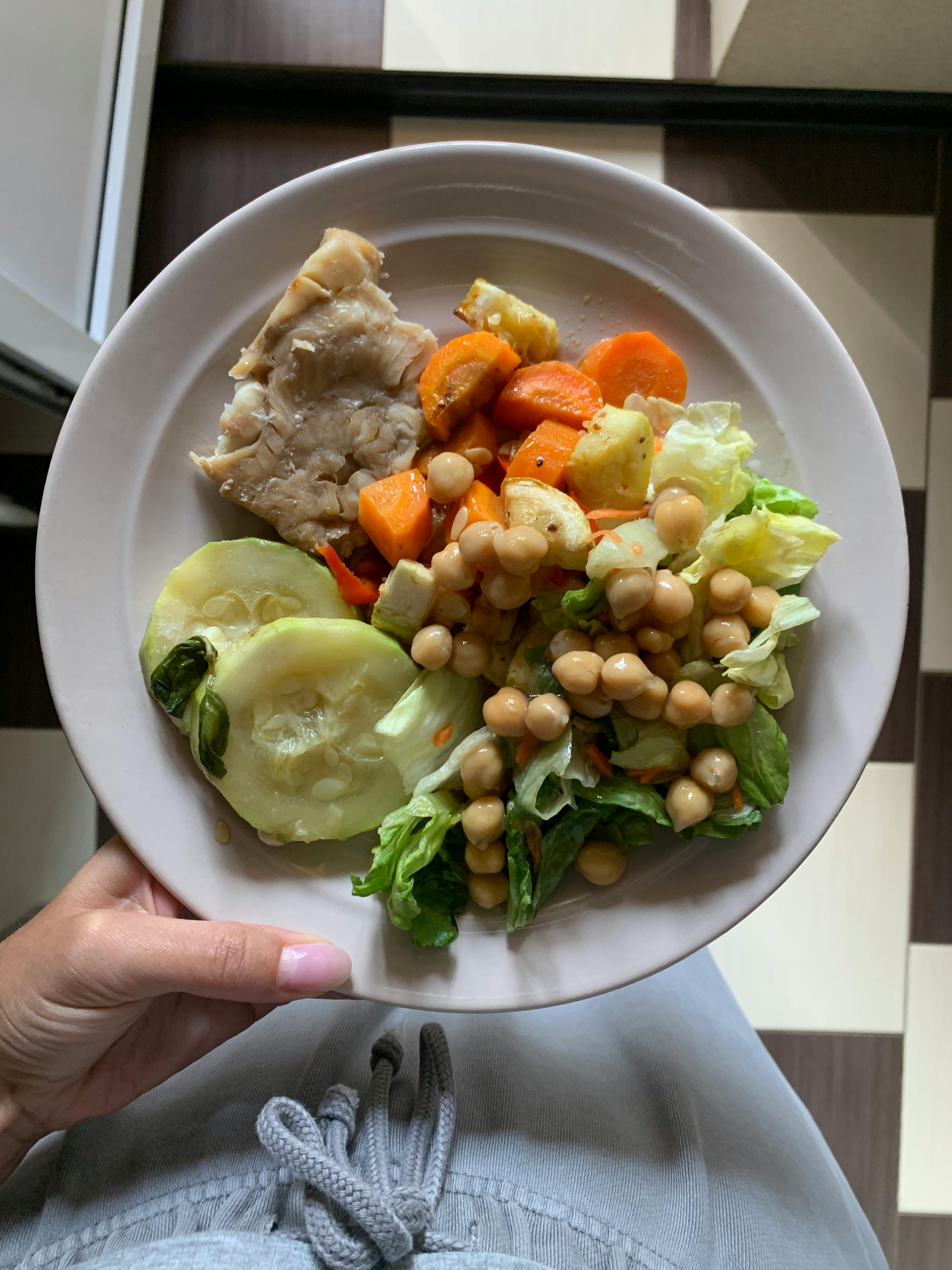Essential Guide to Caffeine: Improve Your Brewing Techniques
Caffeine is a natural stimulant that has become a staple in many households across the globe. Understanding caffeine's properties, including its boiling point, molecular structure, and extraction methods, can significantly enhance your brewing techniques. With caffeine being an integral part of various beverages, such as coffee and energy drinks, mastering the art of caffeine extraction and brewing can lead to better flavors and improved health benefits. This guide aims to provide insights into the chemical properties of caffeine, its boiling and melting points, and methods of safe extraction to enhance your brewing practices.
As we dive deeper into caffeine’s chemistry, we will explore its benefits and potential risks. You will learn about how temperature affects caffeine extraction and its solubility in water, equipping you with knowledge to perfect your coffee-making skills. By the end of this article, you'll have a comprehensive understanding of caffeine, from its molecular weight to its relevance in pharmaceuticals. Join us as we brew up the fascinating science behind this beloved stimulant!
Understanding Caffeine Chemistry
Building on the fundamentals of caffeine, it’s essential to understand its chemical composition. Caffeine has a molecular formula of C8H10N4O2, which highlights the elements that contribute to its properties. The structure of caffeine consists of a fused ring system, which is responsible for binding to adenosine receptors in the brain, consequently stimulating central nervous system activity. One of the standout properties of caffeine is its stability under heat, which allows it to be included in various extraction processes without losing its efficacy.
Caffeine’s molecular weight is approximately 194.19 g/mol, a factor that plays a critical role in determining its concentration in beverages. Caffeine is generally soluble in hot water, enhancing the efficiency of extraction through brewing methods, such as steeping or percolation. Understanding these fundamental characteristics helps coffee enthusiasts appreciate how brewing temperatures and times impact the final flavor and caffeine content of their beverages.
Exploring Boiling Points and Their Significance
The boiling point of caffeine varies depending on environmental pressure. At standard atmospheric pressure, caffeine's boiling point is around 178°C (352°F). However, the boiling point of caffeine solutions can change, leading to implications for brewing techniques. It's crucial to understand the boiling point of caffeine because this attribute affects the extraction process during brewing.
The significance of measuring boiling points is multi-faceted. Higher temperatures can increase the rate of caffeine extraction but may also alter the flavor profile of your brew. When boiling or steeping coffee grounds for an extended period, undesirable compounds can leach into your beverage, resulting in bitterness. Therefore, it's vital to find that sweet spot – balancing temperature and time to extract just the right amount of caffeine without compromising on taste.
Caffeine Solubility in Water
Caffeine is known to be highly soluble in hot water, which is why brewing techniques such as french press or espresso extraction are popular. The solubility of caffeine increases significantly at higher temperatures, allowing for a more effective extraction from coffee grounds or tea leaves. This solubility is integral in understanding how different brewing methods can yield varying caffeine concentrations.
When extracting caffeine, the effects of temperature become evident. For instance, brewing coffee at a temperature between 90-95°C (194-203°F) is generally recommended for optimal caffeine extraction while avoiding over-extraction. This nuanced understanding helps in achieving a balanced brew, showcasing caffeine’s natural flavors and complexities. Additionally, factors like grind size and steeping duration also play pivotal roles in caffeine extraction efficiency.
Safe Caffeine Usage and Health Effects
Given caffeine's widespread use, awareness of its health effects is paramount. Moderate caffeine consumption is generally considered safe and can even offer benefits such as improved mental alertness and enhanced athletic performance. However, excessive intake can lead to adverse effects, including anxiety, insomnia, and increased heart rate. It's essential to understand caffeine dosage and its implications on health.
Health guidelines suggest a daily caffeine limit of approximately 400 mg for most adults, equating to about four 8-ounce cups of brewed coffee. Individual tolerance can vary, so personal experimentation is key to finding your optimal caffeine intake level. By being mindful of these dosage recommendations while discussing the brewing process, you can enjoy the benefits of caffeine responsibly.
Effective Caffeine Extraction Methods
With a foundational understanding of caffeine established, let’s delve into various extraction methods. Precision in these techniques can drastically affect the extraction quality and overall beverage experience. Different brewing methods suit different preferences and desired caffeine concentrations, and knowing how to utilize these techniques can optimize your brewing routine.
Brewing Techniques to Enhance Caffeine Extraction
One of the most effective methods for extracting caffeine is through brewing processes such as percolation and steeping. For instance, using a french press allows for a fuller extraction of caffeine by combining coarse coffee grounds with hot water and allowing for a prolonged steeping time. This technique typically leads to a higher caffeine yield compared to quick brewing methods.
Another popular technique is espresso preparation, which forces hot water through finely ground coffee at high pressure. This method ensures rich flavor extraction and a concentrated caffeine output, ideal for those looking for a quick caffeine boost. Understanding how each brewing method affects caffeine extraction can transform your daily coffee-making routine.
Advanced Techniques for Caffeine Extraction
Exploring advanced caffeine extraction methods, techniques such as cold brew or nitro brewing have gained popularity. Cold brew involves steeping coarsely ground coffee in cold water for an extended period, typically 12 to 24 hours. This method results in a smooth beverage with a lower acidity level while maintaining high caffeine concentration, appealing to those sensitive to acidity in traditional coffee.
Nitro brewing takes cold brew a step further by infusing it with nitrogen gas, creating a creamy texture and enhancing the flavor profile. Utilizing these advanced brewing techniques can elevate your understanding of caffeine extraction while allowing you to cater to different taste preferences.
Common Mistakes During Caffeine Extraction
While brewing coffee, it's easy to make common mistakes that can hinder caffeine extraction and flavor. Over-extraction occurs when coffee grounds are steeped for too long or brewed at excessively high temperatures, resulting in a bitter cup. To avoid this, pay attention to brewing time and temperature, aiming for the sweet spot that brings out the natural flavors of the coffee.
Additionally, using the incorrect grind size can affect extraction efficiency. A coarse grind may lead to under-extraction, while too fine of a grind could result in over-extraction. Implementing the right grind size according to the brewing method is crucial in ensuring optimal caffeine yield and flavor.
Caffeine Applications and Health Benefits
Connecting back to caffeine's significance, it’s not just a popular pick-me-up, but it's also utilized in various applications beyond just beverages. Caffeine's stimulant properties have made it a popular ingredient in dietary supplements, pharmaceuticals, and even skin care products. Exploring its versatility can provide deeper insights into its multifaceted roles in food and health.
Caffeine in Food and Beverage Industries
Caffeine is found in numerous food items, notably in coffee, tea, energy drinks, and soft drinks. Understanding the caffeine content in these beverages can help consumers make informed dietary choices. For those health-conscious individuals, recognizing how specific drinks can contribute to daily caffeine intake is vital for maintaining consumption guidelines.
Moreover, caffeine is increasingly incorporated into novel products, such as flavored teas and energy bars, appealing to a wide range of consumers. The food and beverage industry continues to innovate, creating beverages that enhance performance and recovery for athletes through smart caffeine use.
Caffeine's Health Benefits and Risks
Exploring caffeine’s health benefits is vital to grasping its significance. Research has shown that moderate caffeine consumption may reduce the risk of specific conditions such as Alzheimer's disease and Parkinson's disease. Those who consume caffeine regularly may also experience improved cognitive functions and physical endurance during workouts.
However, it is essential to address the risks associated with excessive caffeine intake, which can lead to adverse side effects. It is crucial for individuals to weigh the benefits against potential risks, making informed decisions about their caffeine consumption.
Caffeine in Scientific Research
Caffeine continues to be a focal point in scientific research, particularly in pharmacology and nutrition science. Ongoing studies investigate its role in metabolism, heart health, and psychological effects. As we deepen our understanding of caffeine’s biochemical properties, the implications for health and wellness become increasingly relevant.
Furthermore, research focuses on applying caffeine findings to create products that help improve health outcomes, shaping the future of nutrition and supplement industries.
Q&A: Common Questions About Caffeine
1. **What is the boiling point of caffeine, and why does it matter?**
The boiling point of caffeine is approximately 178°C (352°F). Knowing this is crucial for understanding how to effectively extract caffeine during the brewing process without degrading its properties.
2. **How does temperature impact caffeine extraction?**
Higher temperatures increase caffeine’s solubility, allowing for more efficient extraction. However, brewing at excessively high temperatures can lead to undesirable flavors.
3. **What are the health benefits of caffeine?**
Moderate caffeine consumption can enhance cognitive functions, physical performance, and may even reduce the risk of certain diseases. However, excessive consumption can lead to negative side effects.
4. **What are common extraction methods for caffeine?**
Popular methods include percolation, espresso preparation, cold brew, and nitro brewing, each yielding different flavors and caffeine concentrations.
5. **How can I determine the optimal caffeine dosage for myself?**
Experimentation is key. Use general health guidelines, which suggest no more than 400 mg per day for most adults, and monitor your own body’s responses to different levels of caffeine intake.


